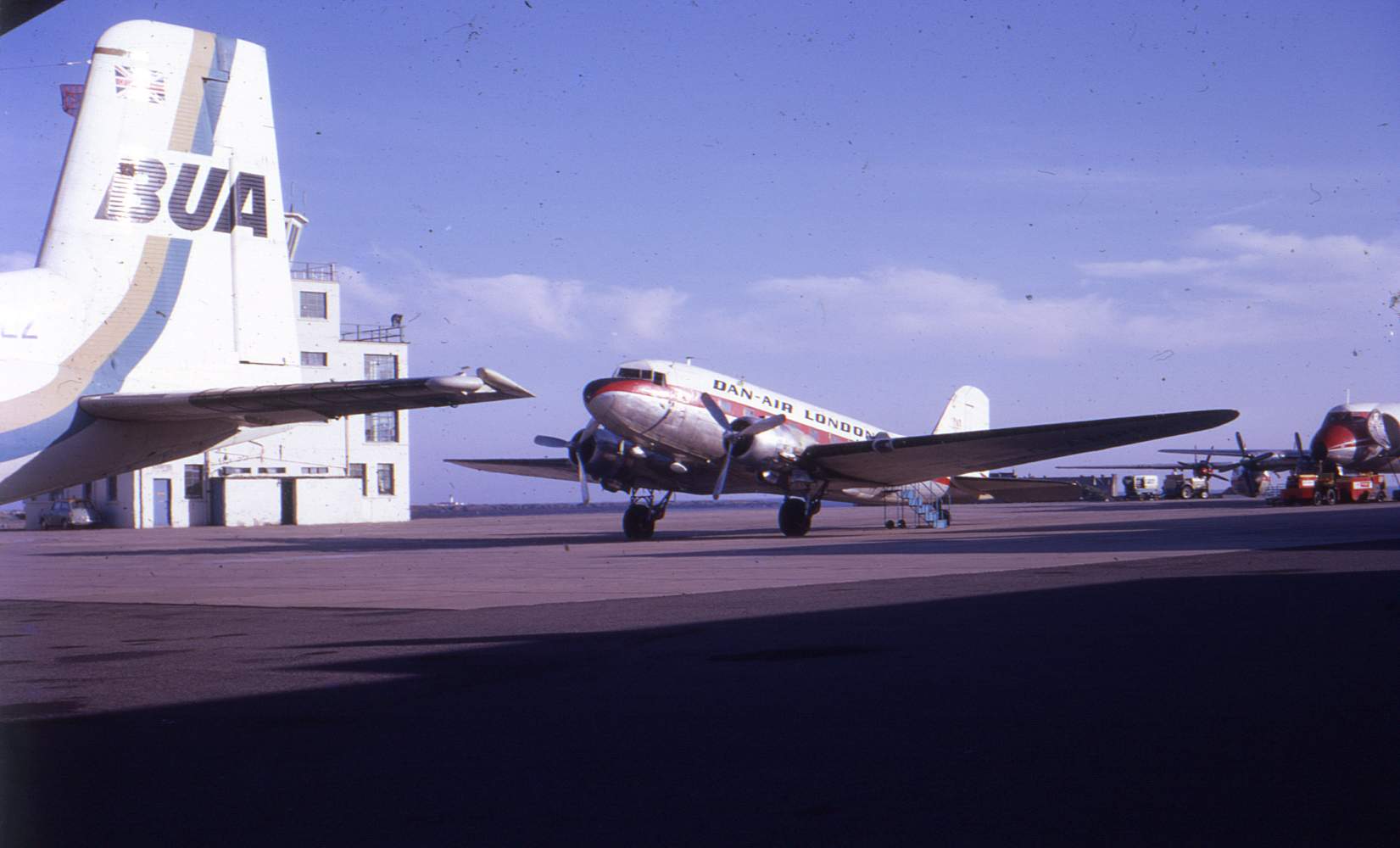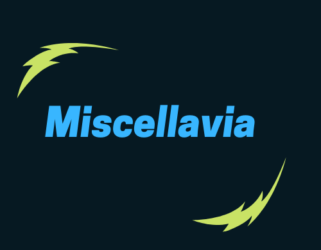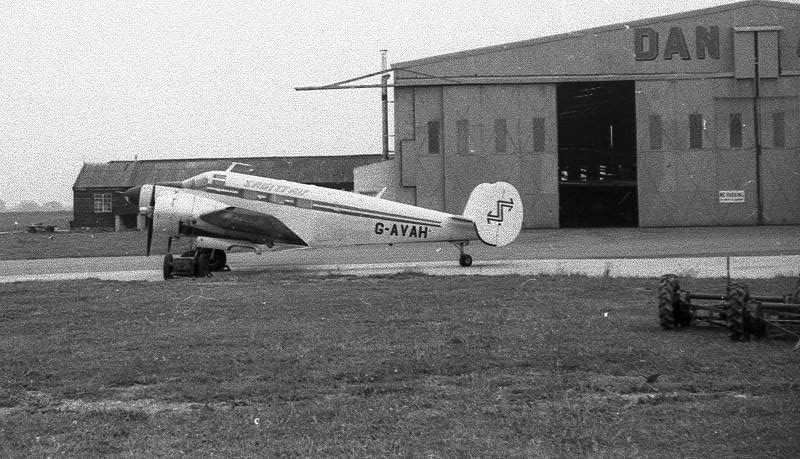
Stephen Louis Quinto was born on 8th July 1935 to Edward and Rose Quinto in the Bronx, New York. He had an elder brother, Ted, who was of military age when the USA entered WW2 in 1941. Ted served as a B-17 pilot with the USAAF from bases in East Anglia and, following his de-mob in 1945, decided to remain involved in aviation. Combining with like-minded venturers from Brooklyn, Ted Quinto established an air taxi service from Rockaway Airport in Queens to the resort town of Monticello in the Catskill Mountains. The young Stephen is reputed to have had his first piloting experiences at the controls of a Piper Cub at the age of 10 and regularly flew along with Ted in his twin-engine Cessna Bobcat. However, commercial aviation lost its appeal for Ted and he returned to USAF service in 1948 flying B-29s from Guam in the Pacific. Tragically, Ted and his crew lost their lives when an engine exploded during a B-29 take-off from Guam on 25th September 1949. It would be close on 20 years before Stephen Quinto opted to pursue his own career in aviation.
In the interim, Stephen pursued a very thorough education in chemistry, chemical engineering, art and graphics – all disciplines which he would use in his varied career (1). He won an award for graphics at the 1958 Brussels World Fair and art and design remained close to his heart as he developed acting and directing roles in the cinema and theatre industries. For a while he was also a New York restaurant owner and could sometimes be found entertaining diners with his guitar.
In the late 1960s, he moved to Europe to work at renovating a french chateau. It was here that he discovered the benefits of silver and copper ion generators. Looking for ways to keep the swimming pool algae-free, his chemical engineering expertise led him to develop an interest in colloidal silver which would, ultimately, lead to a lucrative and ground-breaking family business.
Quinto returned to aviation in 1968, obtained a US Commercial Pilot’s License and invested in a Mooney single-engine light aircraft. Swiftly moving on to a Piper Aztec twin, he planned to start air taxi operations. Life, however, was in a state of flux. Quinto had recently divorced (2) and moved from France to live on board a houseboat in London’s Chelsea Reach. He had a selection of schemes and projects which employed varying degrees of practicality to break into the rigid European aviation establishment. It is reported (3) that, during a protracted and vodka-fuelled lunch in late 1968, one of Quinto’s friends, Peter Brook, coined the name that would launch Sagittair on the World.
(1) Stephen Quinto is reported (Miami Herald obituary) to have followed courses at five universities ranging from the Brooklyn Polytechnic Institute to New York University and the University of Michigan.
(2) Stephen Quinto was married, firstly, to Bonny Fiddler and, secondly, to Leueen MacGrath (www.legacy.com). Elsewhere, the names are reported as Bonnie Fiedler and Luanne McGrath……reporters!
(3) Propliner #122 provided many of the details for this section. It reports that, during an October 1968 lunch, Stephen Quinto was holding forth on his plans for a new airline. One of his friends, Peter Brook (who may, or may not, be the famous theatre director), commented, of the scheme, that ‘il s’agit d’aire, n’est-ce pas?’ Quinto observed that they were currently in the astrological sign of Sagittarius…..and the airline’s name was born.
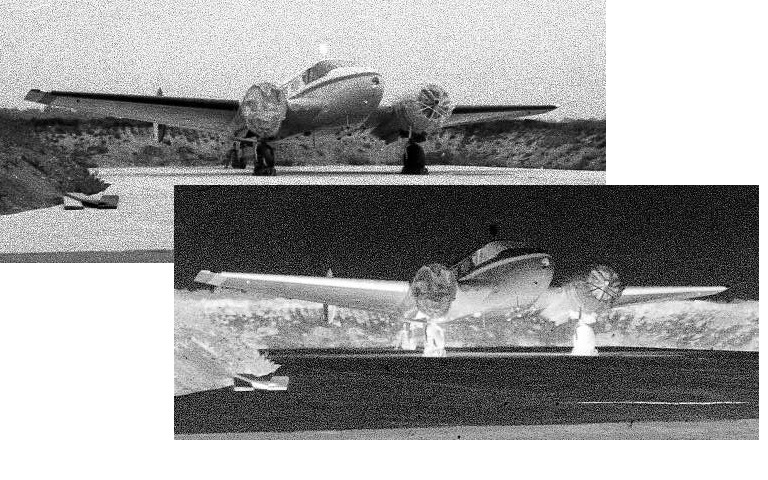
Quinto’s new operation now had a name and, before long, could also boast of a secretary. It was some time before the fledgling company moved to their Earls Court Road offices and, in the interim, the administration was conducted from the barge in Chelsea Reach. The lack of niceties, such as electric typewriters, may explain why much of the early planning was carried-out on A4 legal pads, annotated with multiple corrections and crossings-out.
Fig 1 (below) details the early business plan: Sagittair would fly newspaper delivery flights from Heathrow to major european destinations such as Amsterdam, Brussels, Copenhagen, Frankfurt, Geneva and Zurich. A number of informal introductions via the Higgs Air Agency had moved the airline towards signing a regular contract for a London to Geneva service. There was also firm interest for return loads from Brussels which would nicely balance outward newspaper loads consigned by Higgs. The French agency Eurojet was showing interest in contracted services from Heathrow to Parisand the notes wryly remark that the ‘only contentions at this stage are commissions’. As these would be scheduled freight operations, Sagittair would need to apply to the ATLB for a ‘B’ License and the initial documentation was submitted in December 1969.
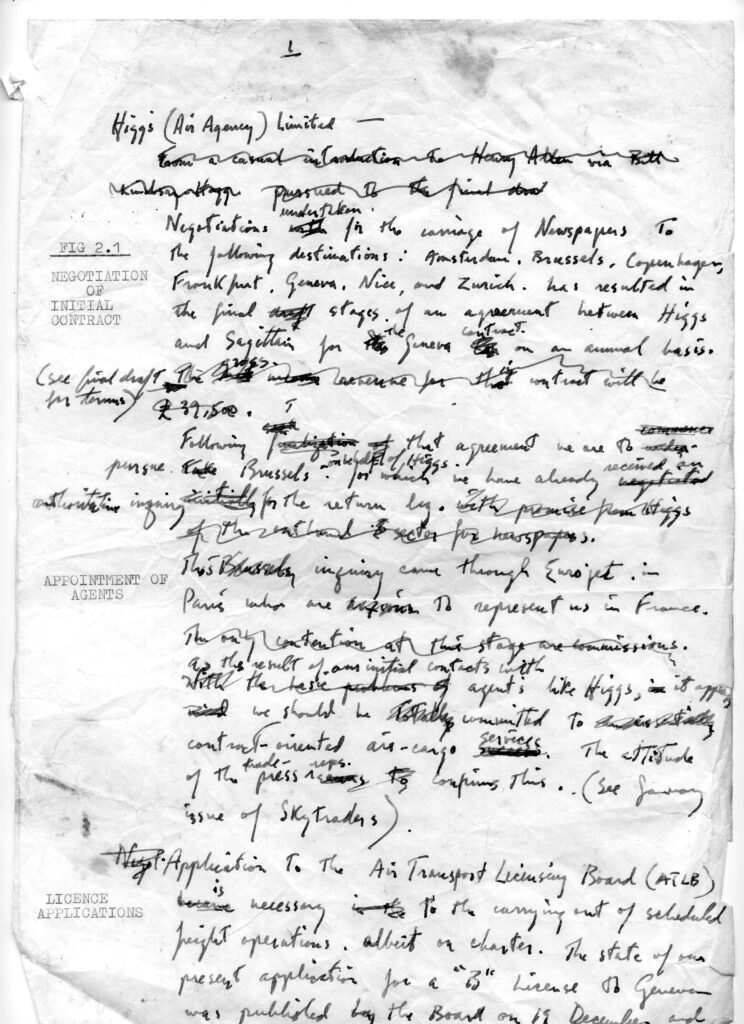
Interestingly, the second sheet of notes (Fig 2) is headed ‘Freight and Pax Programs’ confirming that Sagittair did have early ambitions to fly passenger charters for skiers hoping to fly from London to the Alps during the winter months. No doubt, Stephen retained memories of his brother’s late 1940s Cessna ‘Bamboo Bomber’ operations from Rockaway to the Catskills but, by the seventies, the scale and prestige of such an operation wouldn’t have appealed to a British market. Presentations were, nonetheless, scheduled for contacts at Supertravel, Gregory Air Services, the air taxi operator, London-based travel agency Wakefield Travel and Lep, the air freight and travel agency. Some energy was directed towards finding office premises but, in late 1969, most meetings were geared towards raising finance: Lombank, North Central, Astley trust, Casco and FDIC. The cash injection was required to purchase aircraft which, it had been decided, would be a brace of Beech 18s. The pretty-little tail dragger was, amazingly, still in production in 1969. It had well-proven Pratt & Whitney radial engines, a plentiful supply of spares but some nasty habits (4) and was not common on the British register. However, with a maximum take-off weight of just over 3 tonnes and room for 6-10 passengers, it offered ideal scope for a newspaper operation with air taxi ambitions. There was a reasonable number of ex-military freight C-45s around Europe, but Sagittair turned to the North American market for their aircraft.
(4) Pilot and author Brian Lecomber gives a no-holds-barred account of flying Beech 18s in his novel ‘Dead Weight’ while pilot Lasse Rungholm presents a more affectionate view on the site www.iaopa.eu.
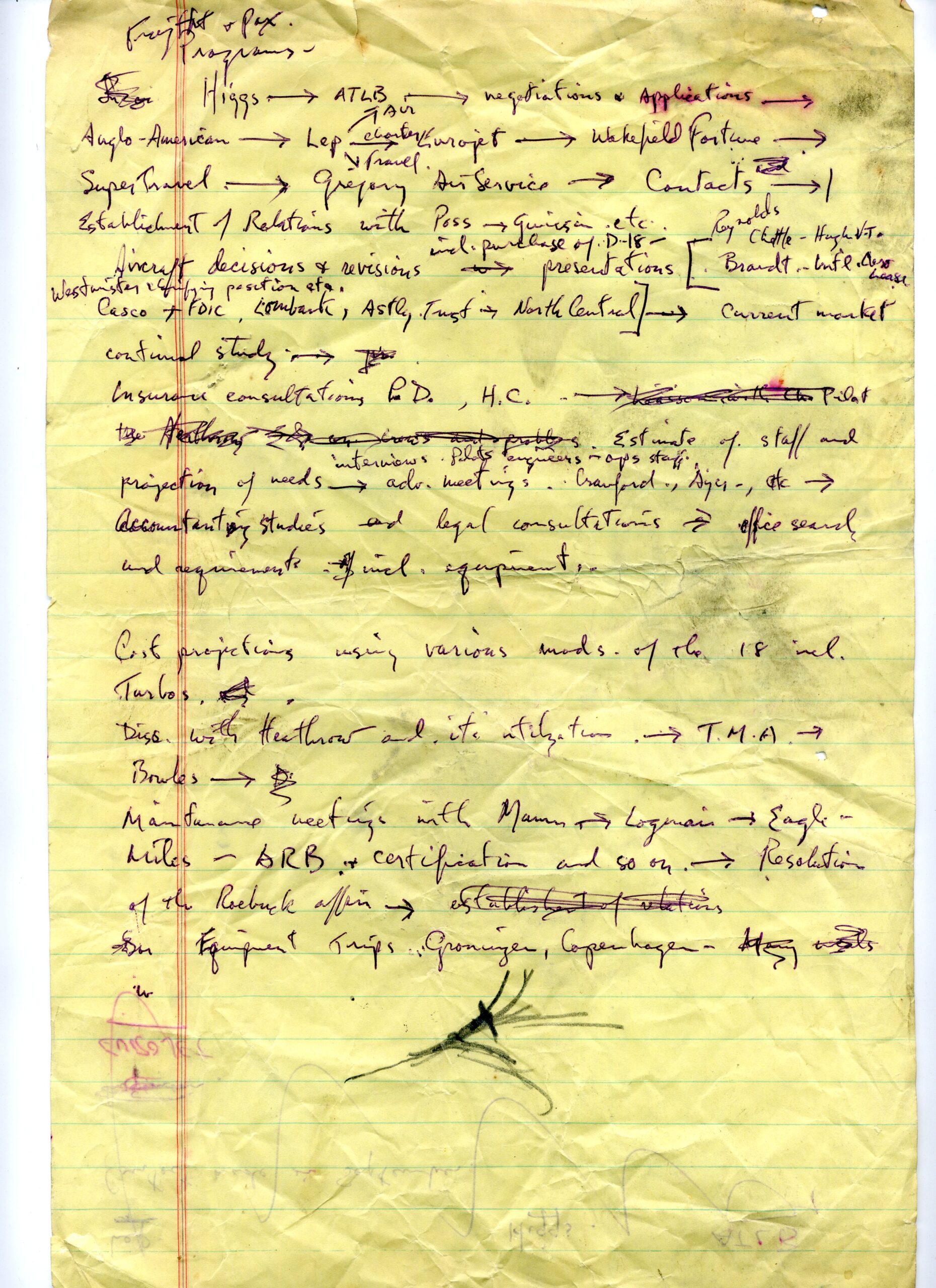
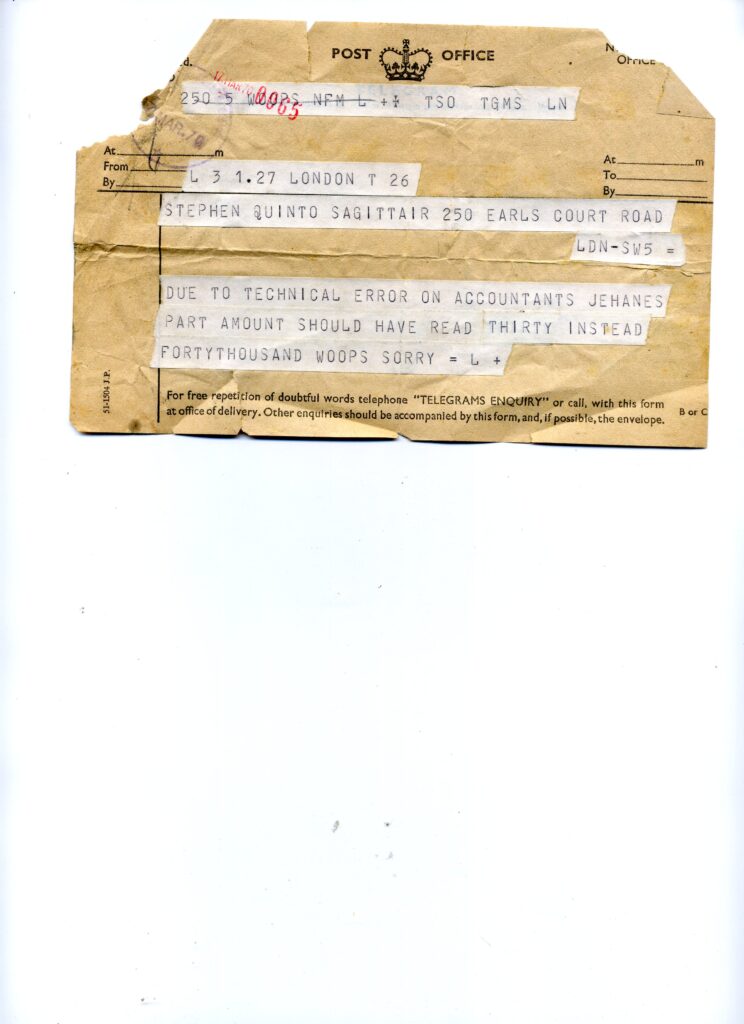
The first Beech 18 purchased by Sagittair was s/n CA-167, an ex-RCAF example which had previously been registered as N6685. Acquired on 22nd January 1970, the Beech was ferried eastbound from Tucson, Arizona, via Dorval and Reykjavik, touching-down at Gatwick on 7th February. The airline also bought a second Beech 18 from the USA, s/n CA-159, which arrived at LGW on April 6th. Both aircraft needed some upgrading in order to join the British register and the work had been discussed with several potential engineering companies. Fig 2 refers to meetings with Loganair (an early operator of the D18 in the UK), Eagle Aircraft Services and Miles Aircraft at Ford in Sussex. Eventually, the first aircraft was upgraded by Miles before emerging as G-AXWL with a new CofA on June 19th 1970. The second Beech, recorded by the CAA as being chartered to Sagittair from 31st March 1970, flew to Lasham on April 14th and parked-up at the Dan Air facility.
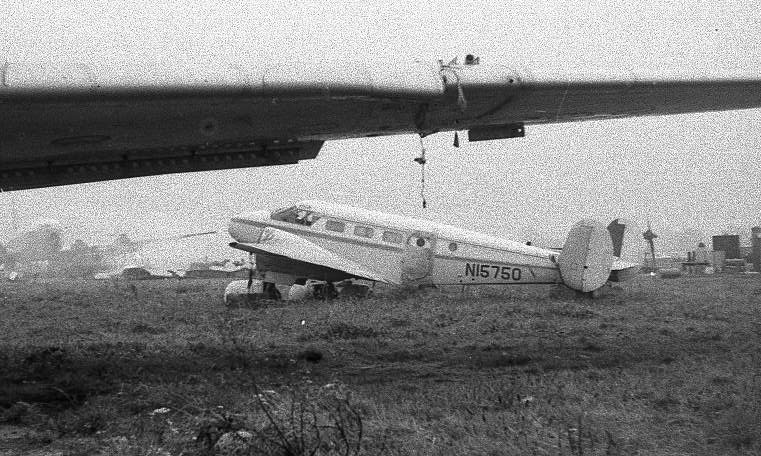
Sagittair’s marketing successes appear to have run ahead of practicalities and the first newspaper to Geneva was penciled-in for early May 1970. The formal approval of the airline’s operating authority hadn’t yet been issued and another contractor had to fly the consignment. The conversion of the Beech 18s to British standards was also lagging behind schedule and Quinto turned to a UK-based Beech 18 which had once been based on the UK register as G-ATUM. Now US-registered as N15750, she had been marooned at Copenhagen’s Kastrup airport for several months. A rescue flight on February 21st 1970 delivered her from Denmark to Heathrow where she became the first Sagittair aircraft to actually visit their proposed main base. She, too, scuttled south to Miles Aircraft’s facility at Ford to receive some engineering care but it was this aircraft which inaugurated Sagittair’s commercial operations. Following a test run between Heathrow on May 23rd, N15750 repeated the route on the morning of May 27th carrying a revenue-earning shipment of newspapers. Although the newsprint flights would become Sagittair’s bread and butter, the airline capitalised on ad hoc charter work wherever a Beech18-size cabin would suffice.
N15750 completed a Newcastle to LeBourget freight charter on May 29th and further cargo work followed during the summer dock strike. G-AXWL received her UK CofA on June 19th but, a few days later, an engine failure on N15750 returned Sagittair to a single-aircraft operation. An interim replacement was sourced in the shape of LAVCO’s Malta-based C-45 Expeditor N495F (5).
Stephen Quinto and his new wife Nicola traveled to Malta and collected the Beech from Hal Far on July 8th, ferrying it home via Luqa and Nice. By July 19th N495F was earning its keep on the Geneva newspaper runs and, during the summer, also visited northern destinations such as Aberden, Alesund, Belfast, Benbecula and Stornoway. Once N15750 had been repaired, N495F was returned to Malta off-hire.
(5) The Beech C-45H N495F was an ex-US military craft which had been with Lavco since 1965. Upon her return to Malta, the Beech operated on behalf of the Zapata Corporation, the oil company run by George Bush Senior, for a couple of years before being withdrawn from use in late 1972. By summer 1974, N495F had been moved to the scrap corner at Hal Far. By 1988 she was in a scrapyard at Birzebbugia surrounded by miscellaneous aviation scrap, old cars, trucks and building debris. The Malta Aviation Museum rescued her and, in 1996, towed the hulk to their site at the old Ta’Qali airfield.
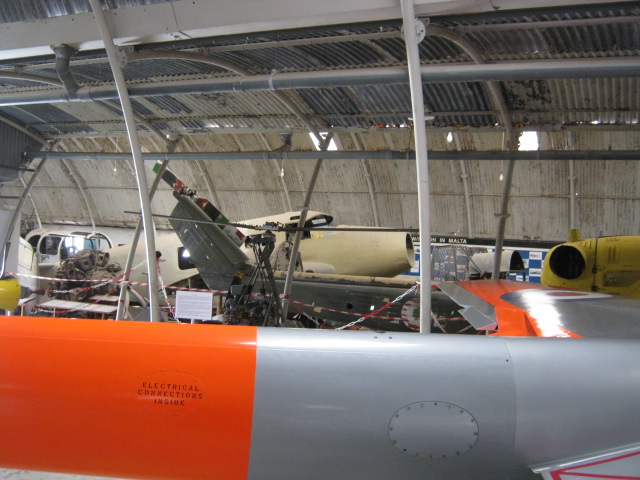

G-ATUM:
Handley Page Aircraft received Bavaria Flug’s Beech 18 D-IANA at Radlett airfield at the end of March 1966. She had been traded-in by the Munich airline in part exchange for an HP Herald airliner D-BOBO and appeared on the UK register as G-ATUM on 10th May 1966. The Beech 18 had been sold by an Ohio-based dealer (as N2051D) to E.W.Bliss of Canton, also Ohio, who registered the aircraft as N20S. In the summer of 1959 she was sold to Bavaria Flug and painted in their blue and white colours. She remained in that scheme when delivered to Handley Page and was still sporting a West German flag when appearing at the Biggin Hill Air Fair in May 1966. During 1967, G-ATUM was reported as being resident at the Rolls-Royce airfield of Leavesden, just down the road from Radlett, but didn’t appear to lead an active life. Reportedly sold to Shackleton Aviation for $3106 on 9th August 1968, the CAA records its sale ‘to the USA’ on 18th October 1968. Other sources give November 19th as the date she was registered to Aviation Enterprises Inc of Cedarburg, Wisconsin, as N15750. However, the Beech never left Britain and it would appear that AEI planned to operate from the UK. The Beech was duly joined at Coventry’s Baginton airport by ex-Faeroese Dakota OY-DNC and, subsequently, by the ex-Starways Dakota G-AMPY. The Fairline Dakota arrived on 8th March 1969 and, shortly after being hand-painted with the new registration of N4296, was mysteriously burnt out a week later. G-AMPY was probably bought as a replacement and arrived at Coventry on April 5th 1969. It was also hand-daubed with a new registration, N15751, and also failed to operate in this guise, instead moving to the New Guarantee Trust of Jersey in November 1970 for operation by Intra Airways.
Beech N15750 was seen flying in her new American markings on 28th March 1969 and was recorded as flying between Coventry and Sywell on dates in April 1969. Noted on the ground at Southend on 25th August 1969, the Beech flew (from Coventry) to Elmdon to Copenhagen the following day although details of the operator aren’t clear. The return flight was cancelled and the Beech sat at Kastrup until collected by Sagittair in February the following year. It seems possible that Aviation Enterprises planned to use the Beech in support of the expanding North Sea oil industry on a number of ad hoc charters. In the late 60s and early 70s, it wasn’t unknown for US-registered aircraft to be flown on charter operations from the British Isles. Brian Merrick’s Welltrade flew the ex-Luftwaffe C-47 N3179Q from Shannon and many US-registered C-45s and C-47s operated from Malta with LAVCO.
Additional information from Bob Parmerter, Air Britain; LAAS; Air Britain Digest; www.goodall.com.au
Sagittair’s base at Heathrow was not suitable for crew training, so the airline tended to carry-out flying training at the, then, very quiet East Anglian airport of Stansted. The Beech 18s were also frequent visitors at Southend, especially should weather on the west side of London prove unwelcoming for the returning Geneva newspaper flights.
So, how had the ‘back of the envelope’ plans gone? Fairly well, allowing for a few bumps. Aircraft reliability had left something to be desired but the reasonably-priced Beechcraft had been reasonably successful for light freight, newspapers and mail. The passenger option had not been taken forwards but a couple of new sources of income, not previously considered, had been adopted: car part delivery and oil field support. Heathrow had proved surprisingly suitable for the night-time newspaper flights and a popular option for freight agents. But what did the future hold? The business model was far from unique: all-freight operations with aging equipment offered a low-cost starting threshold but also produced fairly low returns. The Beech 18 was cheap to purchase but offered a low payload suitable only for mail, ‘hot shot’ courier flights and newspapers. The large scale market offered by the motor industry enjoyed Sagittair’s presence at Southend but, again, needed larger capacity aircraft. Similarly, the developing North Sea oil industry was a generous customer for courier flights for spare parts, electronics and documents but there was no way that a Beech 18 could carry heavy drilling equipment or engineering parts. As with the well-established merchant marine market, the real money was probably to be made by being able to offer a mix of emergency freight and regular passenger crew change services. While Heathrow enjoyed a central location, the landing fees and facilities were expensive. Sagittair’s contemporary competitors seemed to hold better hands of cards: Skyways Cargo Airline had company-owned trucking links from Manchester, Birmingham and London to their low-cost base at Lympne in Kent. Their Dakotas could carry substantial consignments of motor parts, big shipments of light, high-value goods, such as shoes, as well as large and heavy drilling industry components. Kestrel also had a Dakota and, for a while, operated it from Lydd in Kent. The low airport fees didn’t make up for the remote location and, with no road freight feeder service, not many customers called until they shifted to East Midlands Airport. Welltrade and, later, Belfield also aimed to service the oil industry via freelance C-47 charter flights.
Sagittair’s late night departures from LHR and 03:00 arrivals in Geneva seemed to prove quite traumatic for some of the airline’s young pilots who continued with the work in order to build commercial hours. There were also some emergency landing incidents at Heathrow which, as can be imagined, did not sit well with the airport authorities. By the end of 1971, the days of the Beech 18s were numbered. The Geneva newspaper contract had ben lost following dog-in-the-manger objections by the state dinosaur Swissair. A joint venture with the East Anglian air taxi operator By Air seemed to offer good synergy with the Beech 18s but the venture fell apart when the Norfolk operator halted operations. It was clearly time for a new business plan….and a new A4 pad!

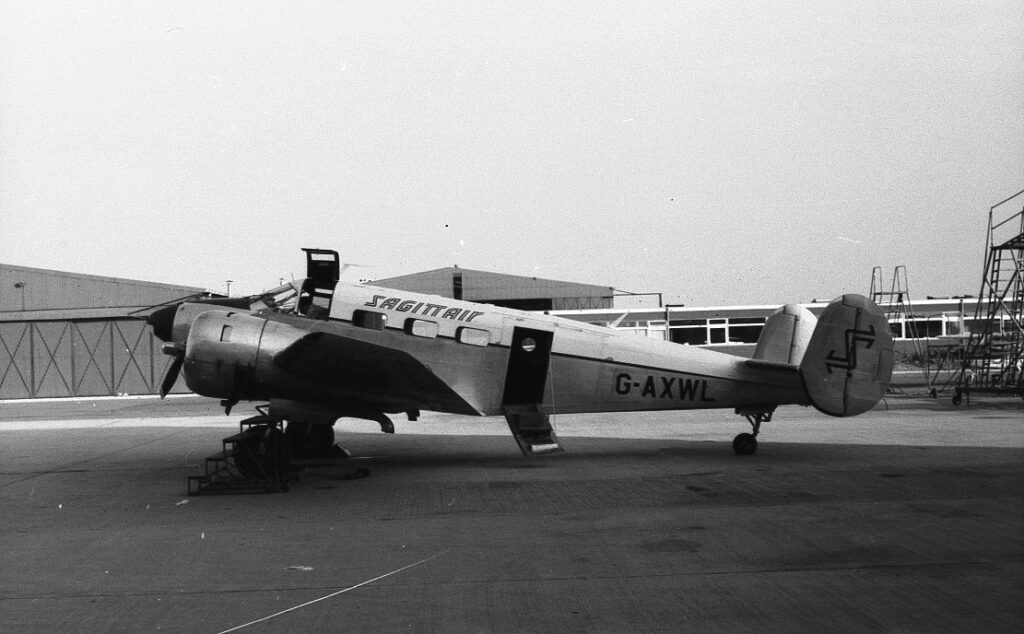
Hits: 276
